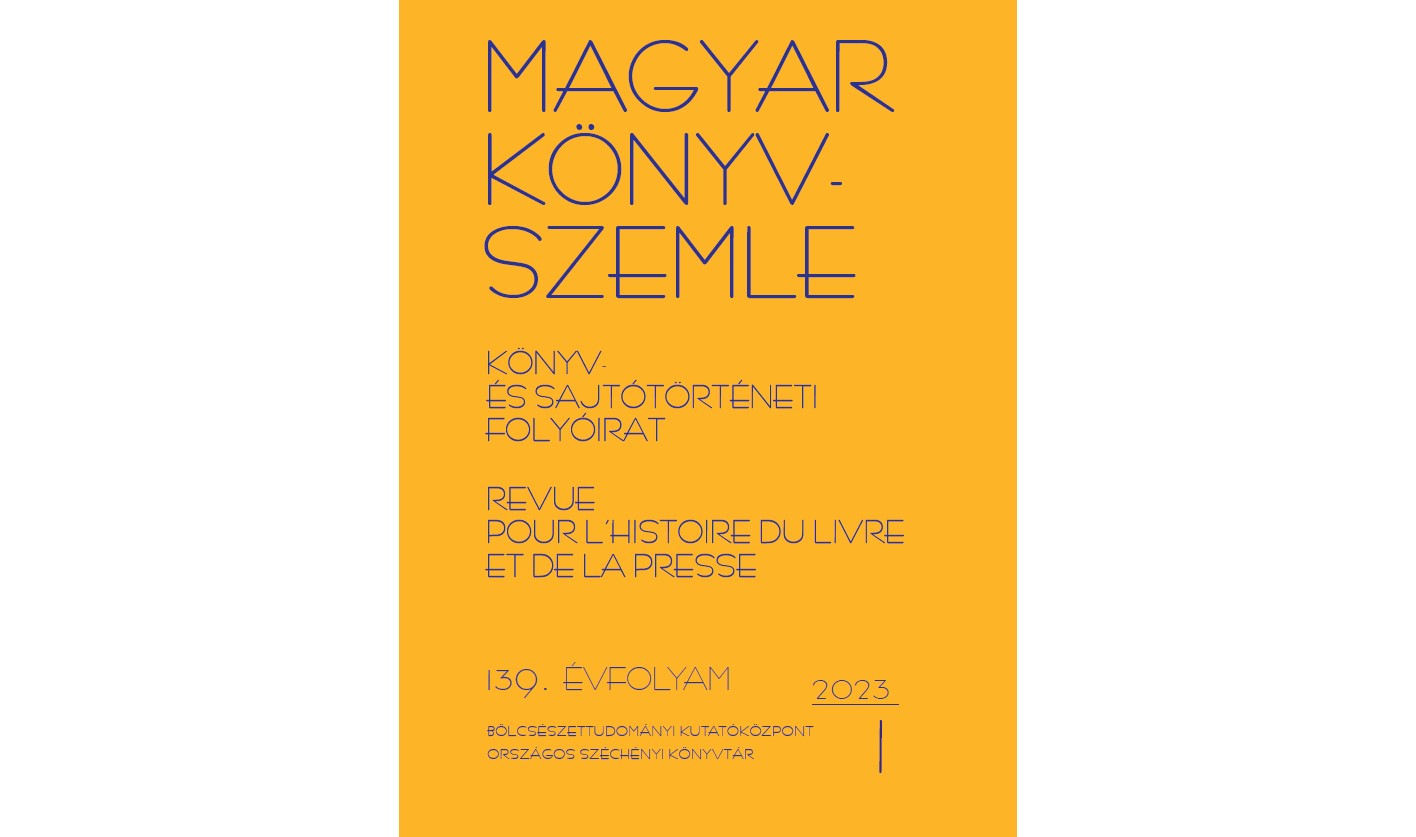Gian Michele Bruto magyar történetei
A Rerum Ungaricarum libri szöveghagyománya
Absztrakt
Gian Michele Bruto (1517–1592) 1574-től egészen haláláig írta monumentális magyar történetét. A Rerum Ungaricarum libri Magyarország 16. századi hanyatlásának és bukásának a történetét dolgozta egyetlen narratívába, az eredeti megbízó, Báthory István erdélyi fejedelem majd lengyel király szándékai szerint azzal a céllal, hogy politikai ellensúlyt képezzen a bécsi udvarral szemben, az európai közvélemény felé pedig egy önálló, alkotmányos Magyarország képét reprezentálja. Bár egy változat már 1584-ben bizonyosan elkészült, a mű Báthory életében mégsem jelent meg. Brutus 1587-ben előbb Habsburg szolgálatba állt, majd 1591 végén Erdélybe utazott, mert hírt kapott egy ott készülő kiadásról. 1592 májusában azonban meghalt Gyulafehérváron. A hányatott sorsú munkát az erdélyi udvar még ki szerette volna adni az 1590-es években – Szamosközy István ekkor írt hozzá folytatást, illetve a hozzá került kéziratokat kiadható állapotba hozta – de ez a kiadás sem valósult meg.
A mű első kiadása csupán a 19. században jöhetett létre a Monumenta Hungariae Historica Scriptores sorozatában: a szöveget két erősen sérült és megcsonkult 16. századi kézirat alapján Toldy Ferenc rendezte sajtó alá. Az így kiadott szöveg az eredeti műből valamivel több, mint tizenhárom könyvet tartalmaz.
2020-ban Trentóban egy szinte hiánytalan, húsz könyvből álló, szerzői javításokkal telezsúfolt Rerum Ungaricarum libri-kéziratot fedeztünk fel. Az immáron három kézirat filológiai vizsgálata révén a szöveg négy különböző szerkesztési fázisát tudtuk megkülönböztetni, amelyből hármat Brutushoz, a negyediket pedig Szamosközy Istvánhoz kötöttük. A tanulmány a kéziratok filológiai összevetésén túl feltárja Brutus művének fordulatokban gazdag keletkezéstörténetét is.



